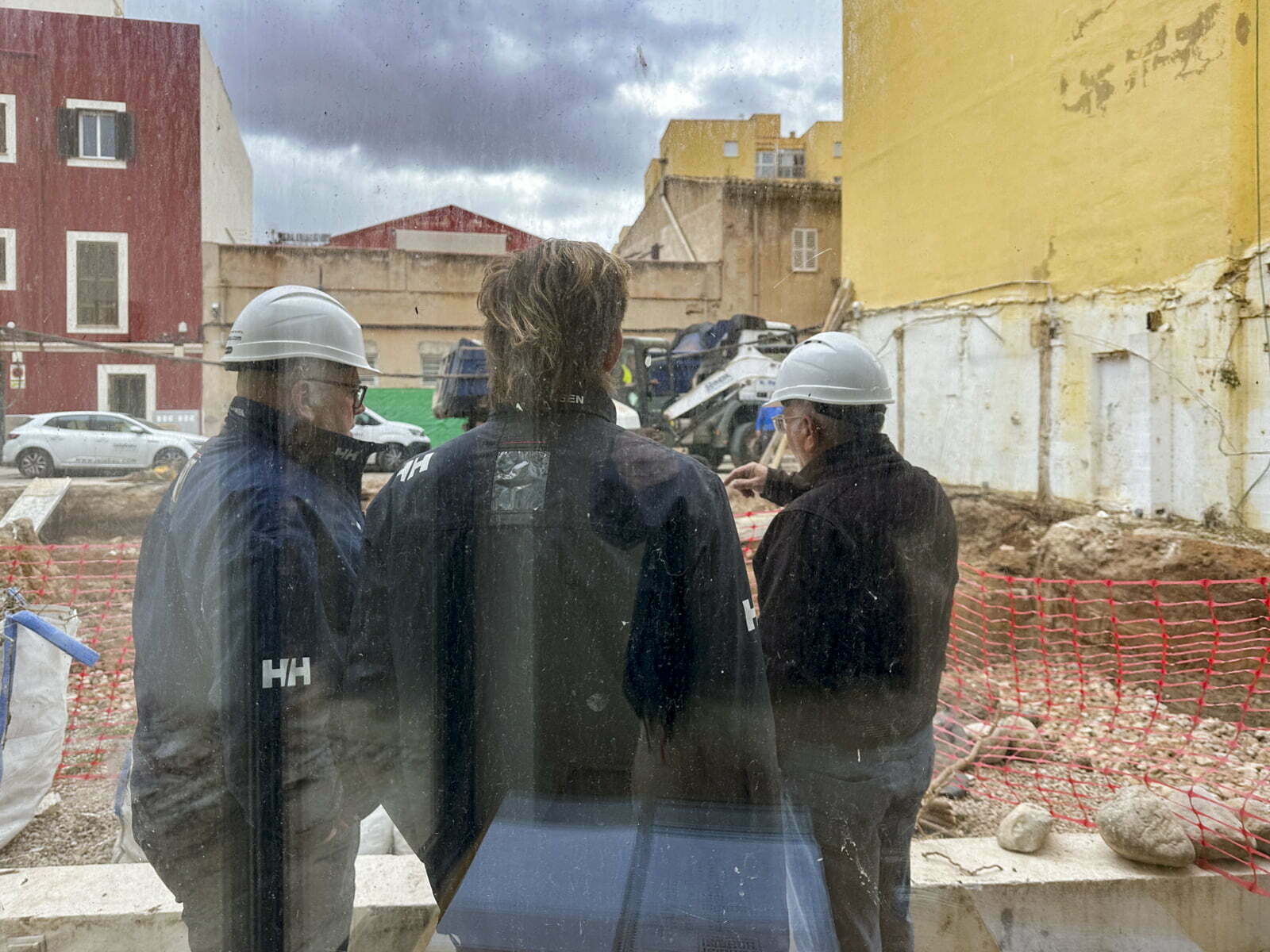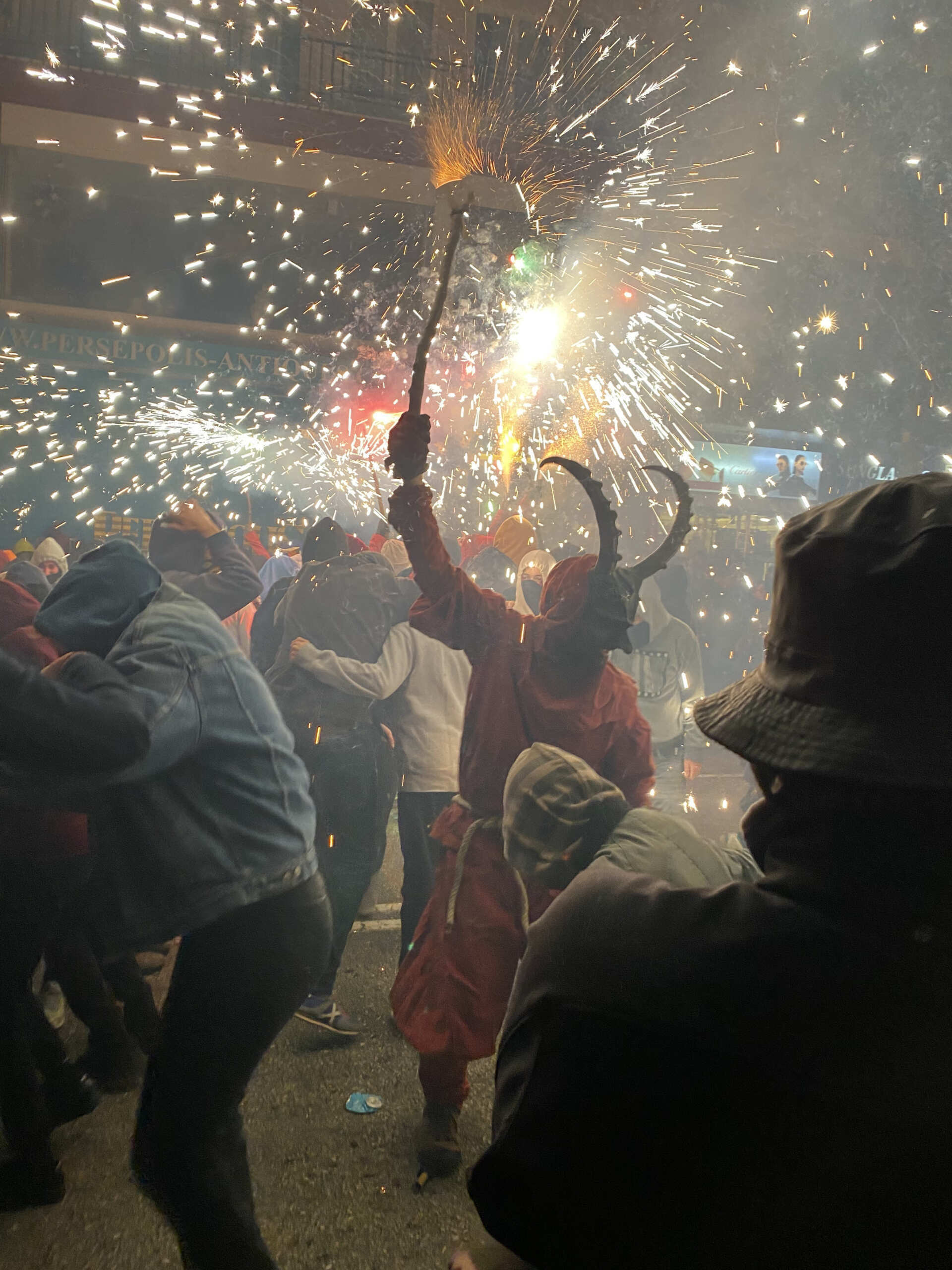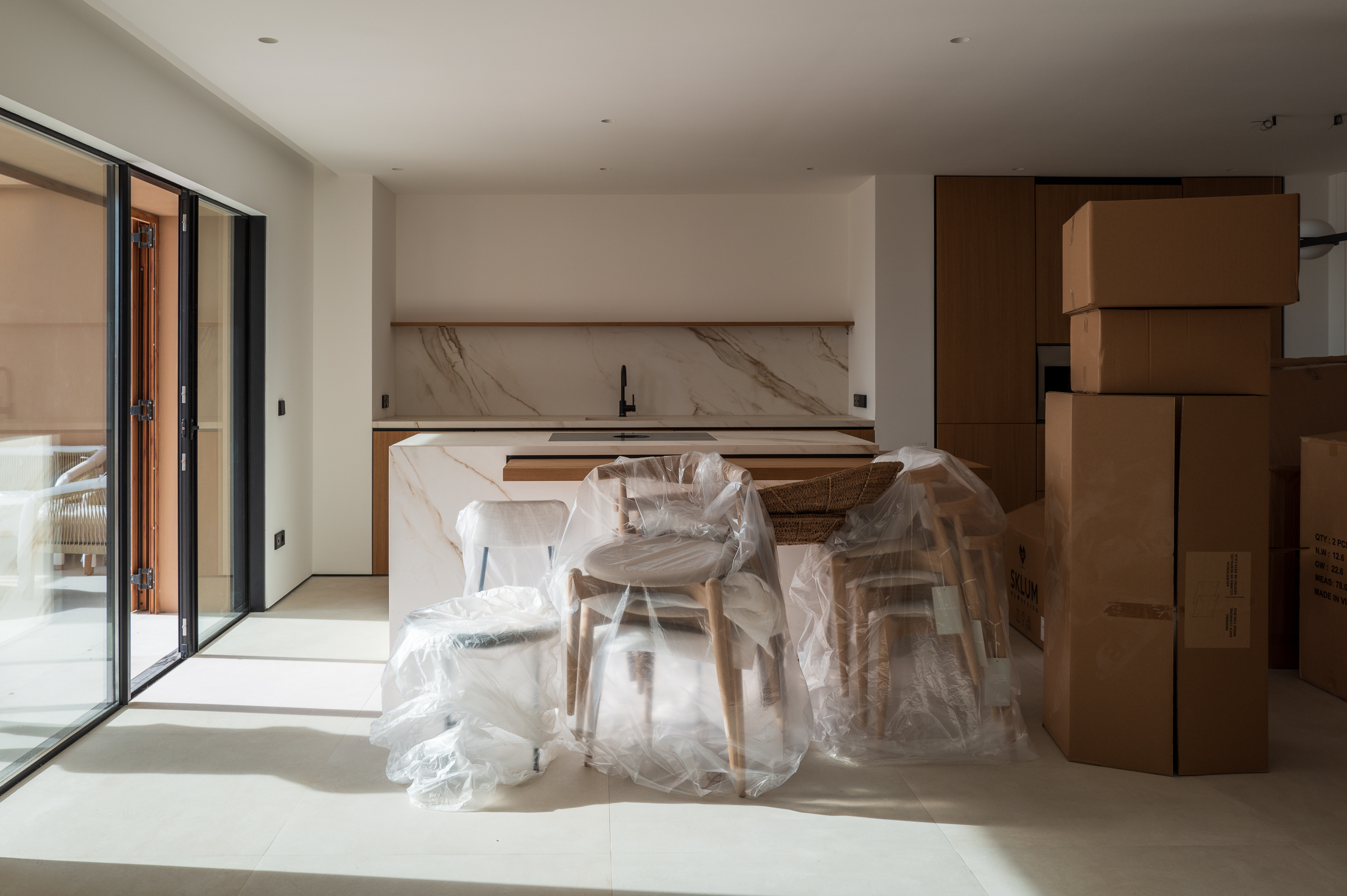In the vibrant world of interior design and construction, starting a new project means creating an evolving body of work. From the initial impulse of inspiration to skillful implementation on site, each step traverses a path to excellence that combines cost with art to create functional and stylish spaces. In today's post, we dive into the details of the construction process while pointing out typical pitfalls to avoid!
1. planning: shaping the vision
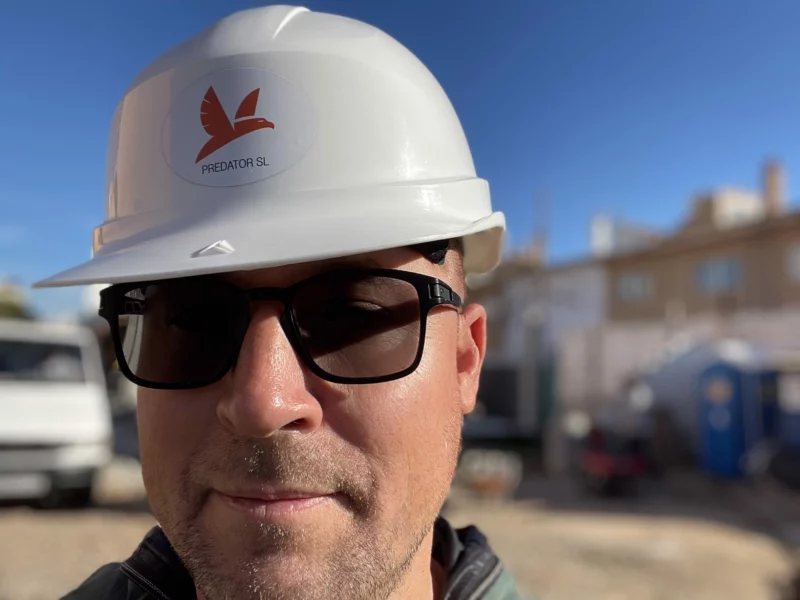
At the start of every project, we embark on a journey of inspiration and decision-making. The first step involves an in-depth meeting to discuss preferences, dreams and functional requirements. From compiling inspiration collages that capture the desired aesthetic to planning the initial room layout, this phase lays the foundation for the design proposal. The collaborative exchange at this stage shapes the character of the entire project.
This is where the crucial importance of an empathetic architect comes into play. An architect who understands the vision and needs of the client plays a crucial role in the success of the project. Through their ability to grasp the unique aspects and requirements, a good architect not only creates aesthetically pleasing designs, but also optimizes the functionality and comfort of the space. Working in partnership with such an architect enriches the entire process and plays a key role in ensuring that the realized vision exceeds expectations.
Take note of these challenges:
- Insufficient understanding between architect and client:
- Problem: Lack of understanding of your wishes, dreams and functional requirements. Lack of comprehensive research and inspiration for the project.
- Solution: Understand what you want and choose an architect who understands your vision. Invest time in researching design trends and architectural styles.
- Neglect of budget and location restrictions:
- Problem: Neglecting budget considerations during the design phase and overlooking the specific limitations of the building site.
- Solution: Define clear budget limits and work within those limits to avoid complications later in the project. Conducts a thorough site analysis to identify any physical or environmental constraints that may affect the design, such as the buildability of the site.
- Disregard of official regulations:
- Problem: Careless overlooking of local building codes and regulations.
- Solution: Ensures that the initial spatial distribution and design proposal complies with all applicable laws and regulations.
- Unclear design orientation:
- Problem: Lack of a clear and consistent design vision.
- Solution: Create mood pictures and sketch out the original room layout to create a solid design basis that reflects the desired aesthetic. Also consider the materials that will later influence the Memoria de Calidades - we will come back to this later.
- Insufficient documentation:
- Problem: Failure to document important decisions and findings.
- Solution: Keep detailed records of your preferences, project goals and initial design concepts to refer back to throughout the project.
2. technical precision: basic planning
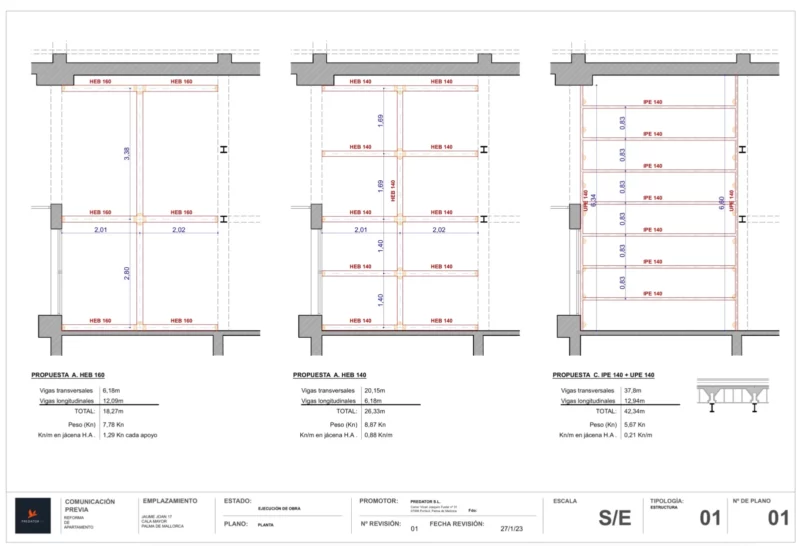
Once the design vision has been defined, the next step is to translate it into tangible plans. In Spain, this step is known as creating the "Proyecto Básico".
The "Proyecto Básico" in Spain is the basic project, a preliminary architectural and engineering design required to obtain building permits. Once the "Proyecto Básico" is approved by the relevant authorities, it forms the basis for the subsequent "Proyecto de Ejecución" or execution project, which provides detailed and comprehensive construction plans.
Once the "Proyecto Básico" has been completed and approved, it is usually submitted to the local municipality as part of the approval process. The local authorities review the basic project to ensure that it complies with building regulations, safety standards and other legal requirements. Once approved, the project can move on to the next development and construction phases.
It is crucial that the architect has a sound understanding of the local conditions and regulations. This is the only way to ensure that the "Proyecto Básico" complies with local building regulations, safety standards and other legal requirements.
Take note of these challenges:
- Inconsistent technical plans:
- Problem: Lack of uniformity and clarity in the technical plans.
- Solution: careful development of all technical plans, providing clear details of the design specifications and construction requirements.
- Overlooking the official regulations:
- Problem: Difficulty navigating the complex local regulations and obtaining the necessary licenses.
- Solution: Prioritize regulatory compliance and work closely with an experienced architect knowledgeable in local codes to secure all necessary permits before construction begins.
- Deviation from the original design vision, without neglecting the careful creation of a "Memoria de Calidades":
- Problem: Distraction from the original design vision when translating it into technical plans.
- Solution: Regularly compare the technical plans with the initial design vision to ensure consistency and agreement is maintained throughout the documentation. Create a "Memoria de calidades". A document used in the construction industry that contains a detailed description of the materials, equipment and quality standards for a construction project.
- Inaccuracies in budgeting:
- Problem: Inaccurate cost estimates for the entire construction process, including official processes and license procurement.
- Solution: Get accurate and comprehensive budgeting for all stages of the construction process, including regulatory processes, license procurement and other relevant aspects to avoid financial surprises later on. Compare several options from different construction companies and architects to develop an idea.
3. fine-tuning of the construction plan: Proyecto de Ejecución
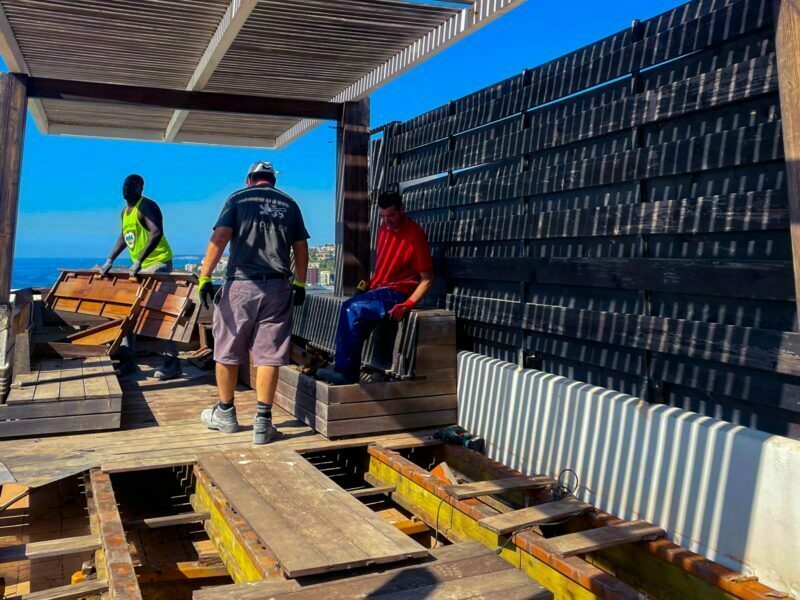
Once the license has been given the green light, we begin the refinement process known as the "Proyecto de Ejecución". This crucial phase involves the creation of a detailed and comprehensive set of architectural and engineering plans. Upon entering the "Proyecto de Ejecución" phase, the on-site construction process fully commences. This key phase marks the beginning of the physical construction work, where the meticulously prepared plans take shape. The construction company plays a central role in this phase and, for obvious reasons, becomes a key resource. Its role is to translate the detailed plans into concrete structures, making the selection of a reliable and experienced construction company crucial to the smooth implementation of the design created.
In the "Proyecto de Ejecución", essential components are detailed architectural drawings, structural plans, technical specifications and other important construction-related details. The importance of a clear "Memoria de Calidades" (material and equipment specification) is also evident here to ensure accuracy in the selection of materials and finishes.
The presence of a dedicated project manager during the "Proyecto de Ejecución" is essential. In addition to overseeing details, managing schedules and ensuring seamless communication within the construction team, the project manager plays a crucial role in financial management. Their expertise in financial management ensures that the project stays within budget.
Take note of these challenges:
- Insufficient preliminary examination for the selection of a suitable construction company:
- Problem: Lack of in-depth investigation of potential contractors.
- Solution: Intensive research and thorough vetting of contractors, taking into account reputation, track record and previous projects. Check references and verify their financial stability.alances cost considerations with the contractor's reliability and reputation. Cheaper options could mean compromising on quality and schedule.
- Incomplete contractual agreements with your contractor and architect:
- Problem: Conclusion of contracts with unclear conditions and deadlines.
- Solution: Ensure that the contract defines clear deadlines, milestones and consequences for delays. A carefully drafted contract is crucial to hold the construction company accountable.
- Collaboration with the right architect:
- Problem: Incompetence can lead to insufficient details in technical specifications, which leaves room for interpretation.
- Solution: Work with an architect who provides clear technical specifications, including materials, construction methods and dimensions, to avoid confusion during the building process.
- Overlooking the legal compliance of the construction company:
- Problem: Neglect of legal and regulatory compliance on the part of the construction company.
- Solution: Checks that the contractor has all the necessary licenses and insurance. Ensures that it complies with local building codes and regulations.
- Insufficient coordination between the specialist areas:
- Problem: Lack of coordination between architects, engineers and other specialists involved in the "Proyecto de Ejecución".
- Solution: Promotes regular communication and collaboration between contractors, architects and team members to ensure smooth integration of all aspects of the project.
4. on-site mastery: construction supervision
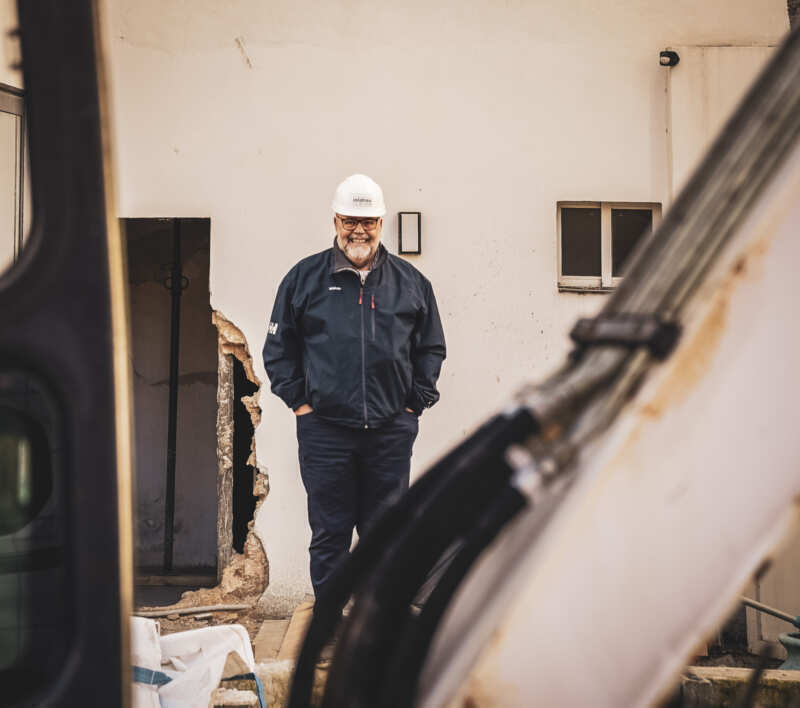
The ground-breaking ceremony not only marks the start of construction, but also a commitment that goes beyond the implementation of the plan. Ongoing monitoring and immediate resolution of challenges are key. This hands-on strategy ensures adherence to the plan, with a particular focus on quality control and rapid problem resolution. It should be emphasized that economic control is also crucial at this stage to ensure that the project stays within the set budget.
In this dynamic process, the involvement of a project manager becomes an invaluable asset. As a central figure, the project manager brings valuable expertise to coordinate various aspects of the project. Their role includes managing timelines, facilitating seamless communication within the team and resolving potential issues. This ensures a smooth process from initial conception to completion, characterized by precision and excellence, with the project manager playing a key role in the successful outcome. The presence of a dedicated project manager during the "Proyecto de Ejecución" is crucial. In addition to overseeing details, time management and ensuring smooth communication within the construction team, the project manager plays a crucial role in economic control. His expertise in financial management ensures that the project stays within the set budget.
Take note of these challenges:
- Irregular presence on site:
- Problem: Irregular or infrequent visits to the construction site. Lack of documentation of activities and decisions made on site.
- Solution: Ensure a constant presence to monitor progress and resolve issues as they arise. Assign this task to either the project manager or the contractor's "jefe de obra" to ensure effective monitoring and timely problem resolution to keep the project on track. Keep careful records of site visits, discussions and any changes made during construction. Comprehensive documentation contributes to accountability and future guidance.
- Lack of control of quality and efficiency:
- Problem: Neglect of quality control measures during construction and lack of follow-up to ensure that everything is implemented within the agreed budget.
- Solution: Transfer this responsibility to the project manager. He is responsible for implementing strict quality control processes to ensure that the construction complies with the approved plans and meets the desired quality standards.
- Limited cooperation with contractors:
- Problem: Inadequate cooperation with contractors and subcontractors.
- Solution: Fosters a collaborative environment with all members of the construction team to support effective problem solving on site.
- Underestimation of changes:
- Problem: Lack of effective management of changes during construction.
- Solution: Establish a robust change management process to ensure that modifications are thoroughly assessed, documented and communicated to all relevant parties. Anticipates potential challenges and develops proactive strategies to overcome them. A proactive approach minimizes the impact of unexpected issues on the project schedule.
I hope these insights make your house building journey easier. Do you have any other questions? Feel free to share them in the comments. Also check out our first completed project: "La 13", living primarily in Portixol.

